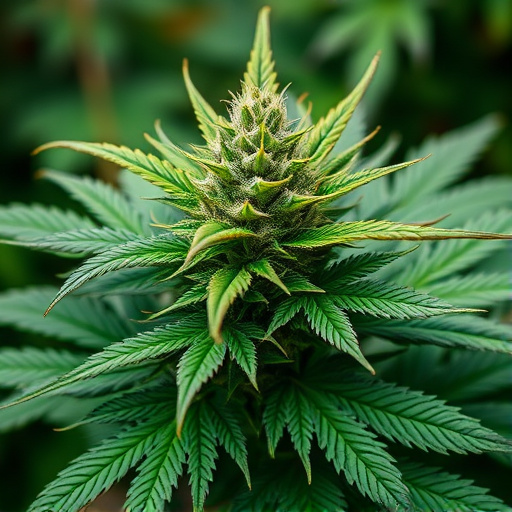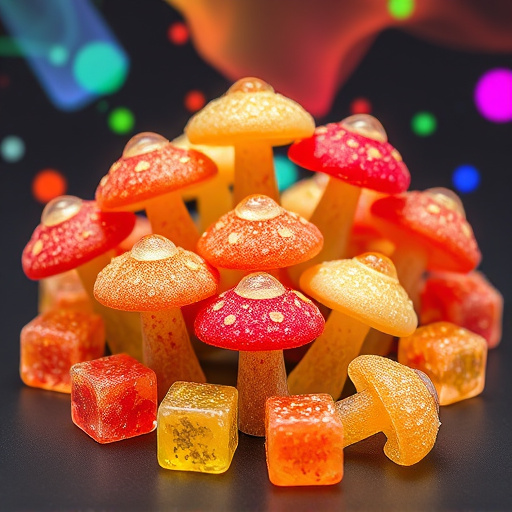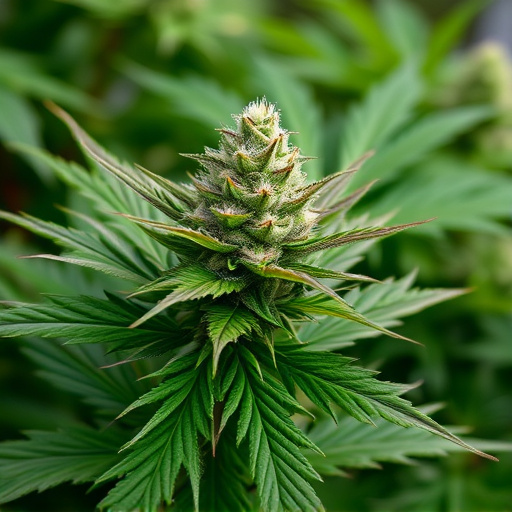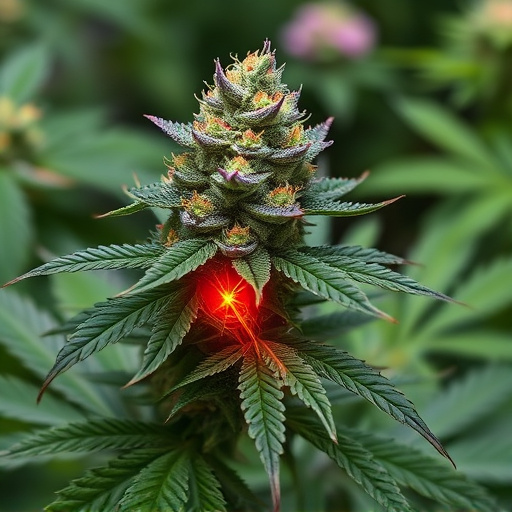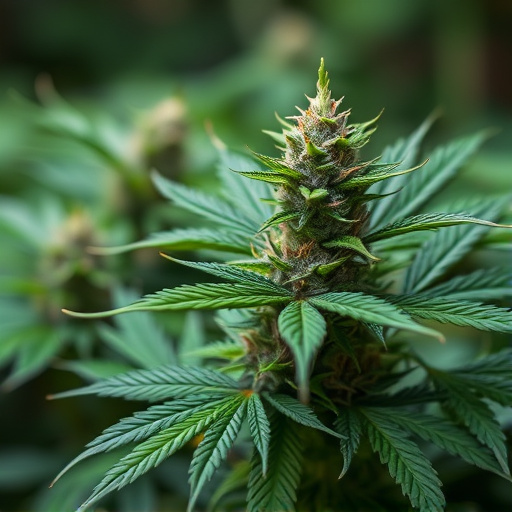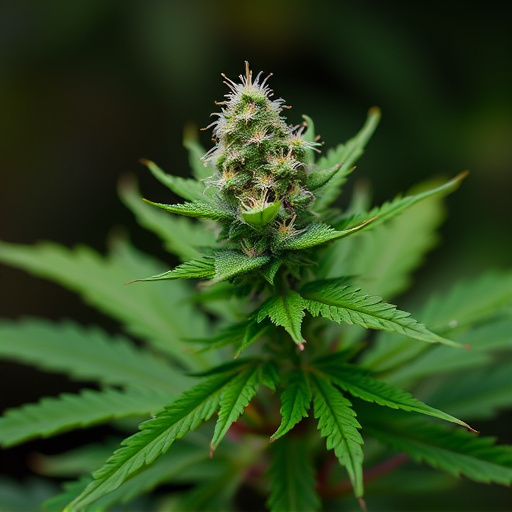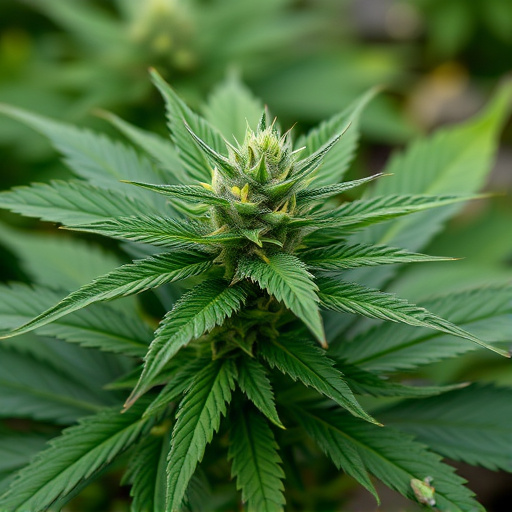Cannabis strains offer medicinal benefits for pain management due to their complex chemical composition, including tetrahydrocannabinol (THC) and cannabidiol (CBD). THC provides psychoactive effects for severe pain, while CBD reduces inflammation and manages chronic pain without intoxicating properties. Terpenes enhance or modulate these effects. Strains high in both THC and CBD show promise in neuropathic pain management. The optimal strain depends on individual needs and symptoms, highlighting the importance of professional medical advice before use.
Cannabis flower has gained significant attention for its potential medical benefits, particularly as a powerful tool for managing pain. This natural remedy offers a unique approach to alleviating various types of pain, from chronic conditions to acute injuries. By delving into the world of cannabis compounds and cannabinoids, we uncover how these components interact with our bodies’ endocannabinoid system to provide relief. This article explores specific cannabis strains known for their analgesic properties, guiding users in navigating the diverse landscape of cannabis strains for pain management.
- Understanding Cannabis Compounds and Their Medical Properties
- The Role of Cannabinoids in Alleviating Pain
- Exploring Specific Cannabis Strains for Pain Management
Understanding Cannabis Compounds and Their Medical Properties
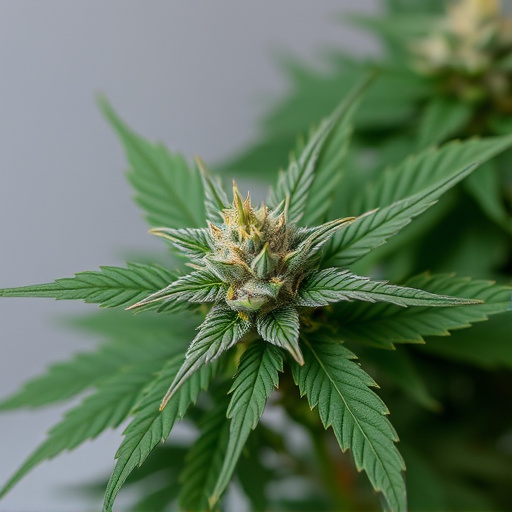
Cannabis flowers contain a diverse range of chemical compounds, with the most well-known being cannabinoids. These include tetrahydrocannabinol (THC) and cannabidiol (CBD), each possessing unique medical properties. THC is responsible for the plant’s psychoactive effects, while CBD lacks these effects but has gained significant attention for its potential therapeutic benefits. Beyond cannabinoids, cannabis strains for pain also contain terpenes, aromatic compounds that contribute to the plant’s scent and may enhance or modulate the effects of cannabinoids.
The interaction between these compounds offers a complex medicinal profile. For instance, some patients find CBD effective in reducing inflammation and managing chronic pain without the intoxicating effects of THC. Cannabis strains high in THC can be beneficial for severe pain cases, as it interacts with the body’s endocannabinoid system to regulate pain perception and reduce muscle spasms. The balance between these compounds and terpenes in different cannabis strains for pain makes them versatile tools in medical treatments, catering to individual patient needs and preferences.
The Role of Cannabinoids in Alleviating Pain
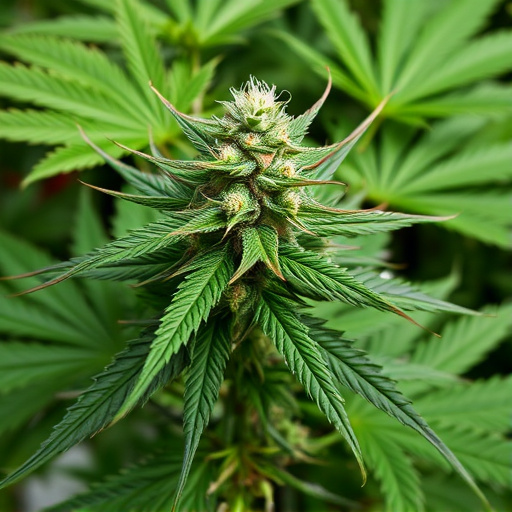
Cannabis flowers contain a diverse range of cannabinoids, among which THC and CBD are most well-known. These compounds play a pivotal role in providing medical benefits, particularly in alleviating pain. When consumed, THC interacts with the body’s endocannabinoid system (ECS), which is responsible for maintaining homeostasis, including regulating pain perception. By binding to specific receptors, THC can help reduce chronic pain and inflammation associated with conditions like arthritis or fibromyalgia.
In addition to THC, CBD has also gained significant attention for its potential in managing pain. Unlike THC, CBD does not produce psychoactive effects but acts on the ECS in a different manner. Studies suggest that CBD may block certain receptors involved in transmitting pain signals, thereby reducing inflammation and providing analgesic effects. Moreover, cannabis strains high in both THC and CBD have shown promising results in managing neuropathic pain, offering an alternative treatment option for patients seeking relief from these challenging conditions.
Exploring Specific Cannabis Strains for Pain Management
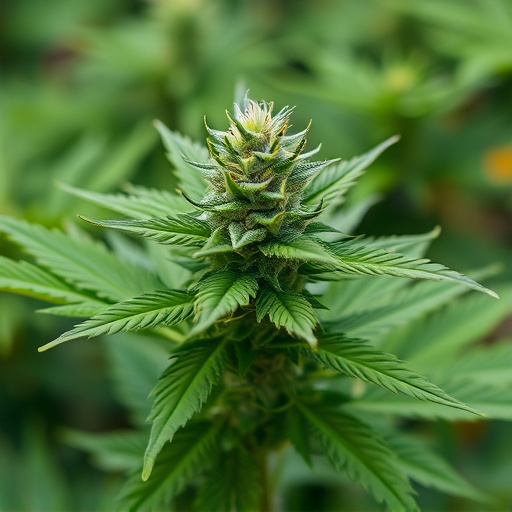
When it comes to managing pain, specific cannabis strains have been found to offer significant relief. Different cannabis strains contain varying levels of cannabinoids, such as THC and CBD, which interact with the body’s endocannabinoid system to reduce inflammation and modulate pain perception. For instance, strains high in CBD are often sought for their analgesic properties without the psychoactive effects of THC.
For chronic pain conditions, certain strains known for their high CBD content have shown promise. These include Granddaddy Purple, Charlotte’s Web, and Akalight. Conversely, strains with higher THC levels can be effective for acute pain or neuropathic pain, as THC has been linked to its ability to bind directly with pain receptors. It’s important to note that the right cannabis strain for pain management depends on individual tolerance and specific symptoms, making it crucial to consult a healthcare provider before incorporating cannabis into any treatment plan.
Cannabis flowers offer a promising avenue for medical treatment, particularly in managing chronic pain. By understanding the complex compounds within cannabis, such as cannabinoids, and their interaction with our bodies’ endocannabinoid system, we can harness their potential to provide relief. The role of cannabinoids in alleviating pain is well-documented, and specific cannabis strains have been developed to target various types of pain. As research continues, exploring these natural remedies could lead to innovative treatments, offering a more holistic approach to healthcare for those seeking alternative options for pain management.



